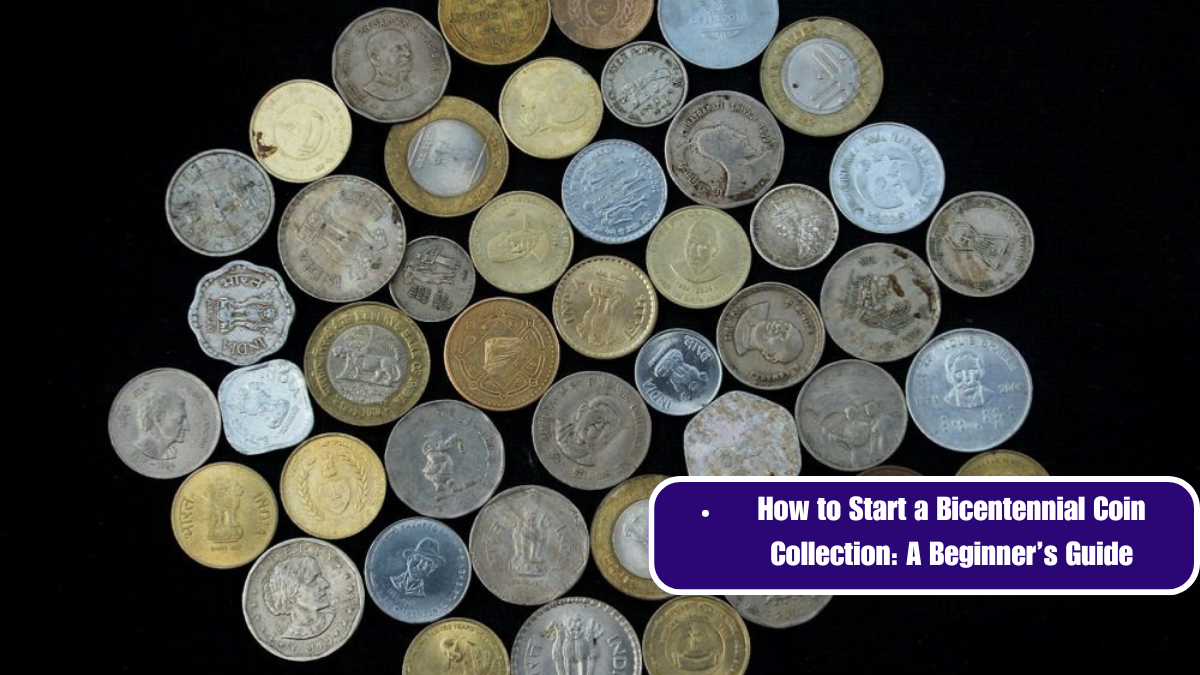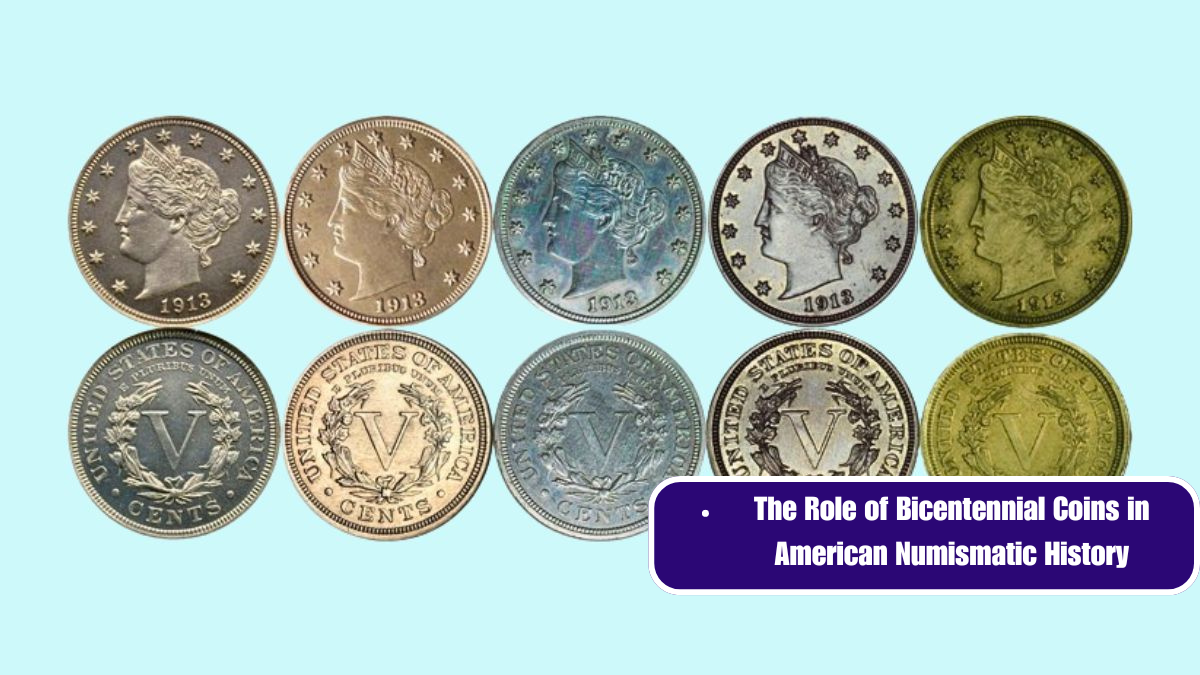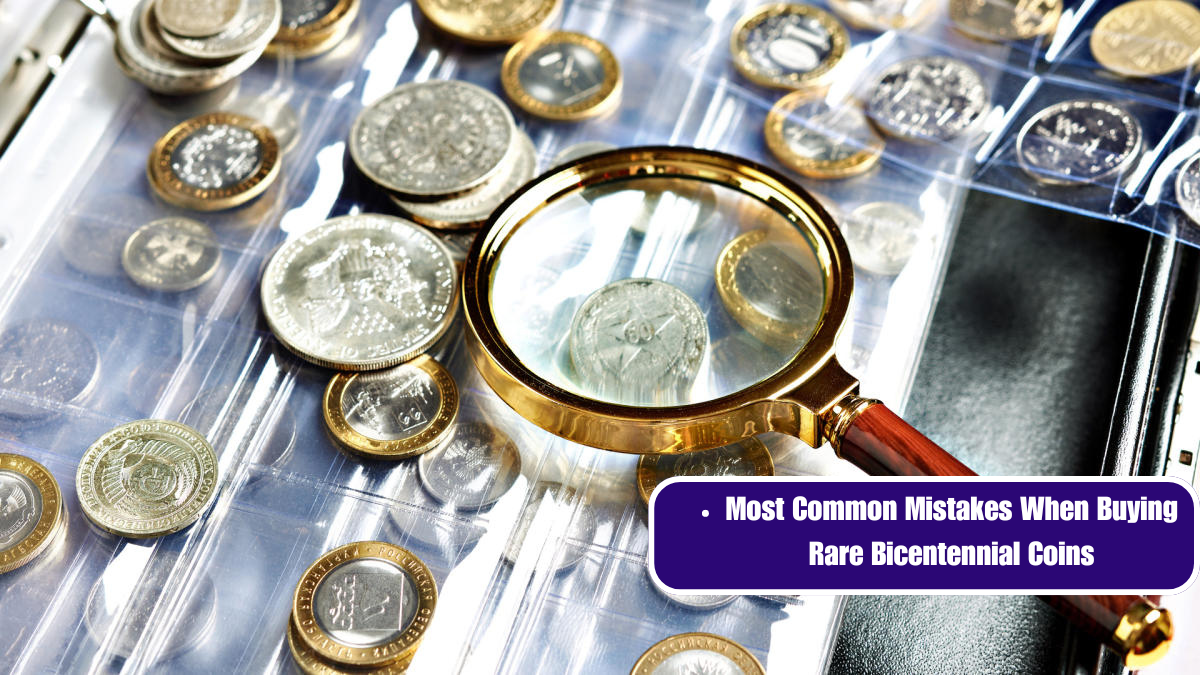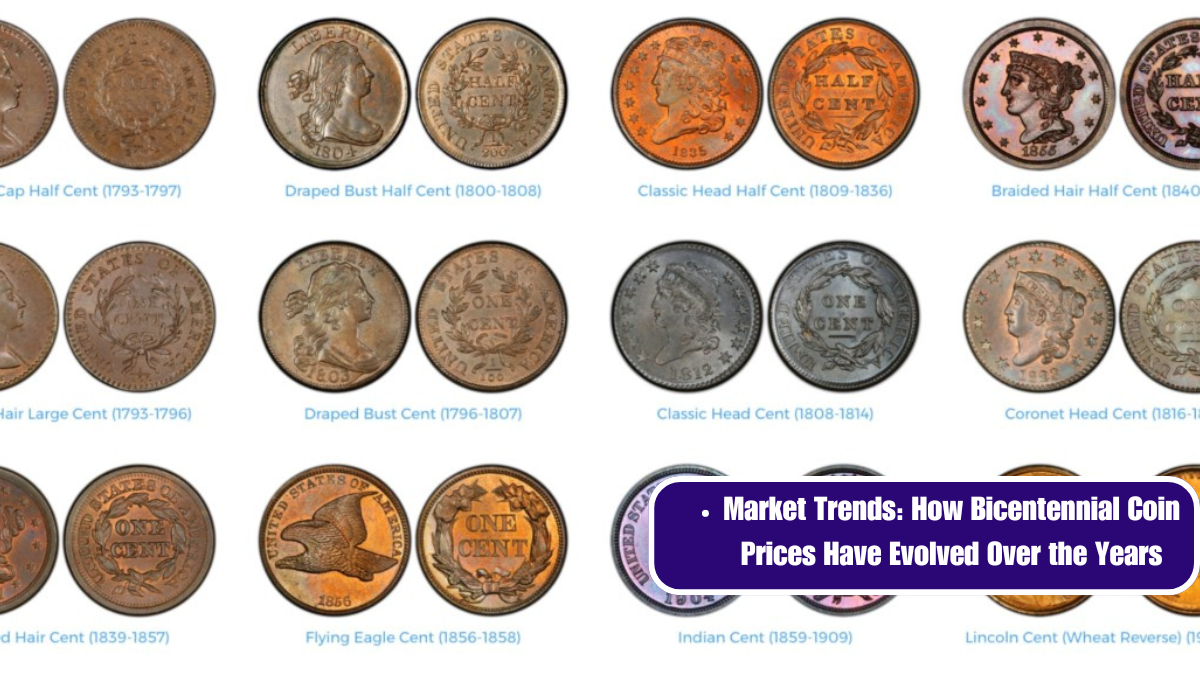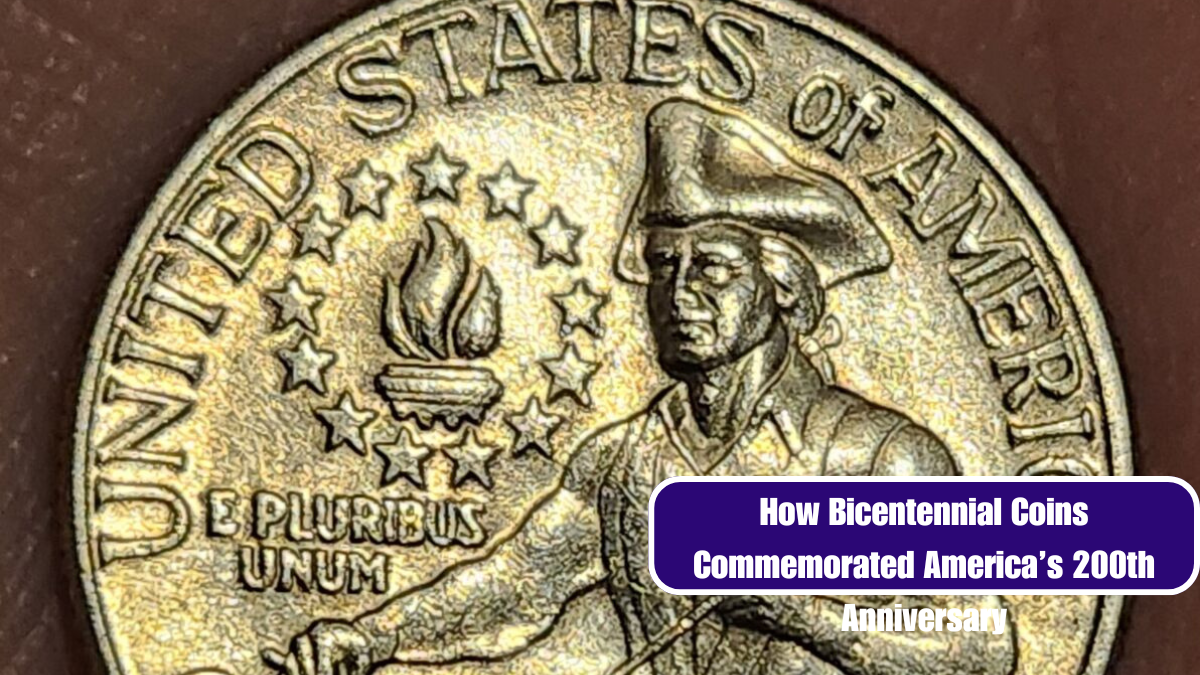The U.S. Bicentennial Coin Series, issued in 1975 and 1976 to commemorate the 200th anniversary of American independence, holds a special place in the hearts of collectors and history enthusiasts alike. While most collectors are familiar with the standard issues of these coins, there are several rare varieties that are of particular interest. Authenticating these rare Bicentennial coin varieties can be a challenging yet rewarding endeavor. In this article, we’ll explore how to authenticate these rare varieties and ensure that your collection is both genuine and valuable.
Understanding the Bicentennial Coin Series
The Bicentennial Coin Series includes three main denominations:
- The Quarter Dollar (25 cents) featuring a reverse design by Jack L. Ahr, which showcases a colonial drummer and the Liberty Bell.
- The Half Dollar (50 cents) designed by Gerald Holton, depicting a depiction of Independence Hall.
- The Dollar Coin (1 dollar) designed by Dennis R. Williams, featuring a depiction of the Liberty Bell superimposed on the moon.
These coins were issued for both 1975 and 1976, and each coin has a unique design change for the Bicentennial celebration.
Identifying Rare Varieties
Several rare varieties of Bicentennial coins have been identified, and recognizing them involves both knowledge and careful examination. Here’s a guide to some of the most notable rare varieties:
- 1976 Bicentennial Quarter with a “Bicentennial” Error
- Features: This variety is notable for an error where the word “Bicentennial” is misspelled or the design is misaligned.
- Authentication Tip: Use a magnifying glass to inspect the text for any discrepancies. Compare it with standard designs from a reliable reference source.
- 1976 Silver Proof Sets
- Features: While most Bicentennial coins were minted in copper-nickel, special silver proof sets were issued. The silver versions are highly sought after.
- Authentication Tip: Check the weight and dimensions of the coins using precise instruments. Silver coins have specific weight standards, and a magnet will help you identify non-silver coins as silver is not magnetic.
- 1976-D Quarter with an “Inverted Date”
- Features: This rare variety features an inverted date on the reverse of the coin.
- Authentication Tip: Use a high-resolution image or magnifier to examine the date’s orientation. Compare with known examples of the inverted date.
- Bicentennial Dollar Errors
- Features: Errors such as double strikes, off-center strikes, or missing elements are particularly rare.
- Authentication Tip: Verify the error by comparing it with known examples and consulting with a coin expert. Professional grading services can also provide authentication.
Steps to Authenticate Rare Bicentennial Coins
- Examine the Coin’s Features
- Visual Inspection: Start with a careful visual inspection of the coin. Look for any obvious signs of tampering or irregularities in design.
- Use a Magnifier: Employ a magnifying glass or jeweler’s loupe to closely examine the coin’s design elements.
- Verify Coin Specifications
- Check Weight and Dimensions: Use precise tools to verify the weight and dimensions of the coin. Compare these measurements to standard specifications for the specific coin type and year.
- Consult Reference Materials
- Coin Catalogs and Guides: Consult reputable coin catalogs and reference guides specific to Bicentennial coins. These resources provide detailed information about known varieties and errors.
- Seek Professional Grading Services
- Third-Party Authentication: For high-value coins or when in doubt, consider sending the coin to a reputable third-party grading service such as the Numismatic Guaranty Corporation (NGC) or Professional Coin Grading Service (PCGS). These services offer expert authentication and grading.
- Join Numismatic Communities
- Forums and Clubs: Engage with coin collecting forums and local numismatic clubs. Experienced collectors and experts can offer valuable insights and assistance in authentication.
Authenticating rare Bicentennial coin varieties requires a combination of keen observation, knowledge, and sometimes expert assistance. By understanding the unique features of these rare varieties and employing thorough examination techniques, collectors can confidently verify the authenticity of their prized coins. Whether you’re a seasoned numismatist or a new collector, accurate authentication ensures that your collection remains both genuine and valuable






